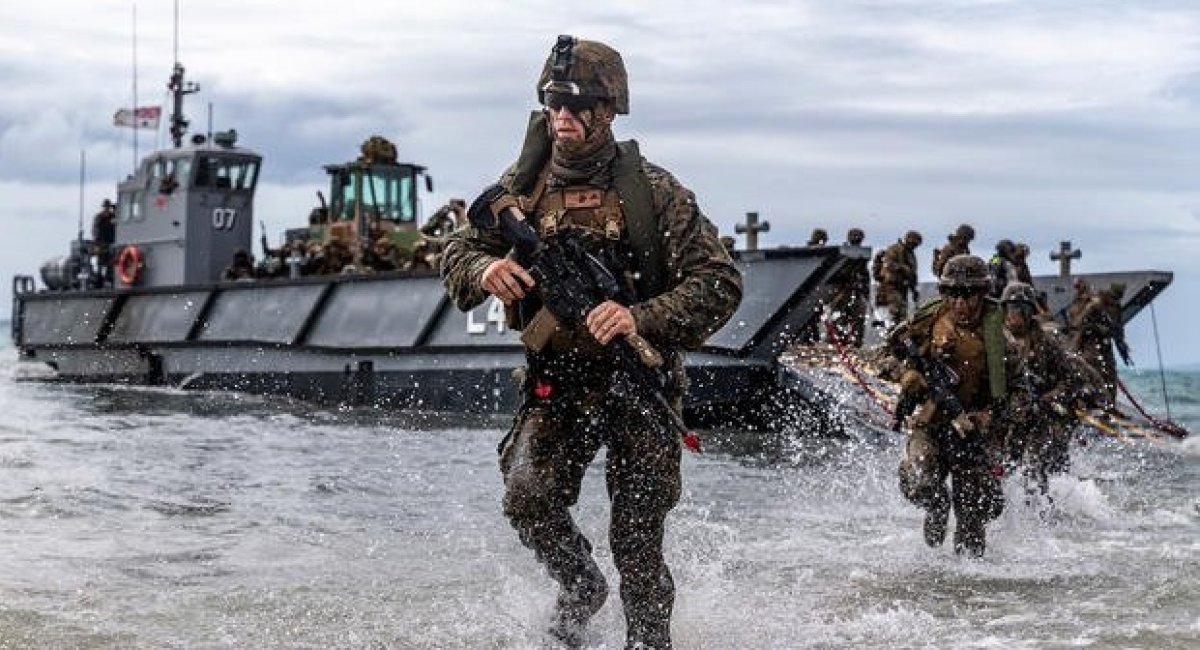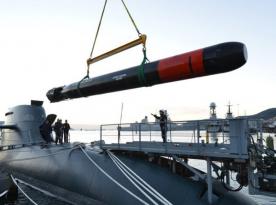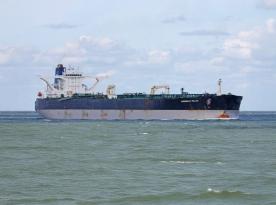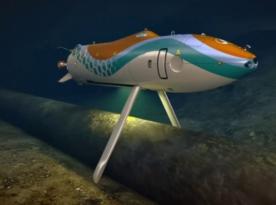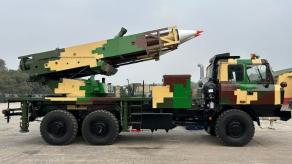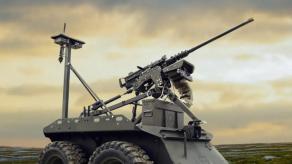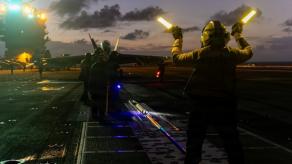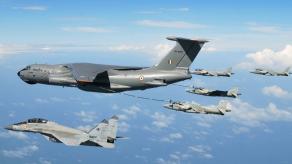As Defense News informed, the Maritime Accelerated Response Capability Cell will receive urgent taskings from the Defense Department and work across the Navy and Marine Corps — including their research labs, acquisition offices, fleet warfighters and resource sponsors who can offer funding — to rapidly find and field a solution.
“The MARCC will initially focus on Ukraine, Taiwan, and contingency support, and will have inherent flexibility to adapt to new conflicts or urgent DoD requirements and tasks,” according to the establishment memo, dated May 2 and obtained by Defense News on May 19.
Read more: The USA Revealed a Huge Number of Switchblade Kamikaze Drones Transferred to Ukraine
A Navy source with knowledge of the MARCC standup, but not authorized to speak about the ongoing process, said the Navy already has access to a number of rapid acquisition and rapid fielding authorities that Congress has passed into law in recent years. However, those authorities and how to use them effectively aren’t always widely understood across the department.

The Navy has successfully leveraged these tools to support Ukraine since Russia invaded the country in February 2022, the source said, and the MARCC will codify the processes that worked well over the last 15 months. As the war in Ukraine continues, and as the Defense Department is increasingly focused on deterring a Chinese invasion of Taiwan, the source said the MARCC would ensure the Navy is positioned to continue rapidly getting tools to the battlefield.
As the Defense Department identifies urgent needs — to help U.S. allies or partners, or for use by American forces — MARCC would take in these needs, share them across the Navy to solicit creative solutions and then execute using existing rapid acquisition and rapid fielding authorities, the source said.
The rapid cell’s work will not be limited to any particular technology area, the source said, which is why the Navy chose to create a flexible team that can pull in expertise as needed instead of standing up an office with a larger permanent staff.
The establishment memo notes a permanent executive director will manage and execute all the cell’s activities and will serve as the Navy’s principal adviser on strategies and responses to urgent tasking.
That director will be supported by a cross-functional team that could include representatives from the Navy secretary’s office, the chief of naval operations’ staff, Marine Corps headquarters, systems commands, program executive offices, warfare centers, research laboratories and the fleet.
The source said the Navy is still working through decisions on additional permanent staff. The cost of the MARCC will be largely limited to its staff — the source made clear the MARCC would not have its own pot of money to fund its initiatives but rather would use money available through the Ukraine supplemental appropriations package and other funding lines.
“The MARCC and its supported efforts will be optimized for speed and accept reasonable risk with regard to cost, performance, and other … considerations to ensure successful, rapid fielding of critically needed capabilities,” the memo reads.
Read more: How USA and Allies Provide Strategic Security for Joe Biden During His Visit to Ukraine




